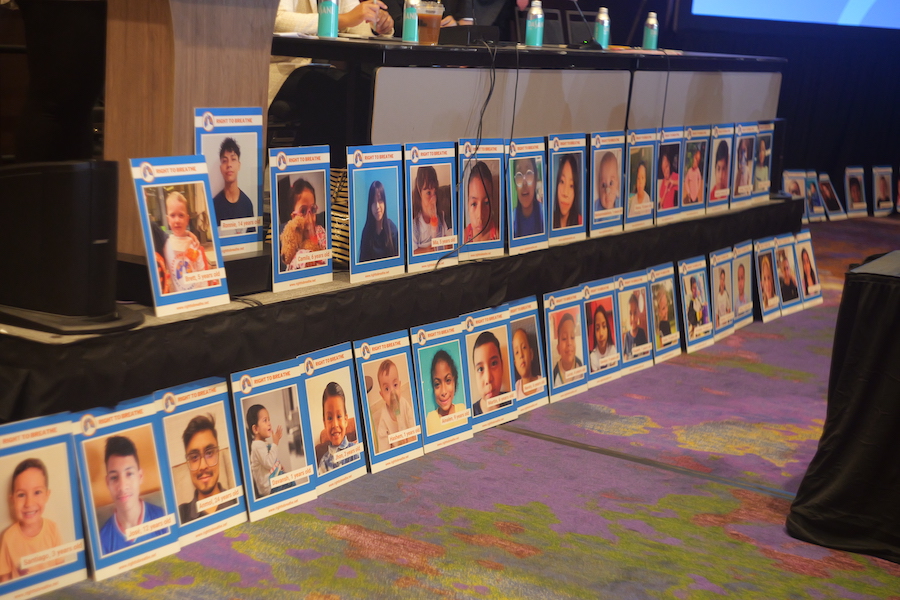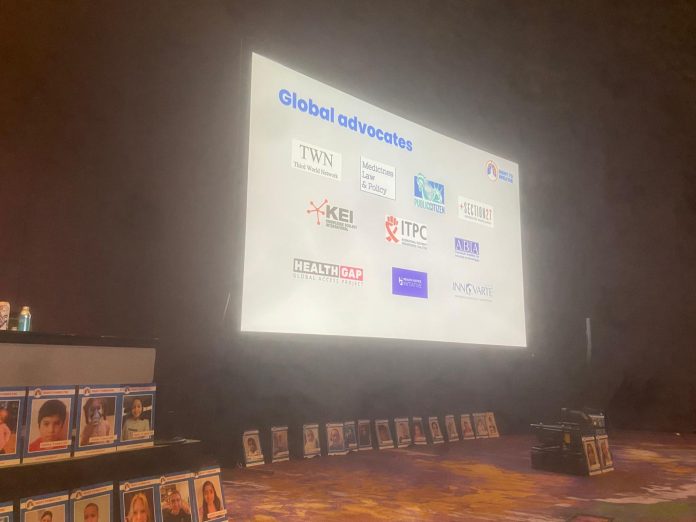Generic versions of a cystic fibrosis treatment will now be available at $6,375 per child, per year under a new scheme – offering hope to parents unable to afford the staggering $370,000 list price of the originator drug.
Cystic fibrosis (CF) is a rare genetic disorder, primarily affecting children. It causes mucus build-up in organs, often the lungs. When the combination therapy elexacaftor/tezacaftor/ivacaftor, marketed as Trikafta by originator company Vertex Pharmaceuticals, came on market in 2019, it was seen as a game-changing breakthrough in cystic fibrosis treatment. However, its list price and Vertex’s refusal to register it for marketing in many low- and middle-income countries kept it out of reach of many people living with the diseases. Parents in the United Kingdom desperate to help their children with CF launched a campaign called Vertex Save Us. It grew to include parents from around the world, eventually partnering with health advocates Just Treatment to form the global Right to Breathe campaign.
“We’ve watched children suffer and die while a treatment sat on the shelf, priced out of reach. Today, that changes, we’ve proven that patient power can change what billion dollar corporations refuse to,” said Gayle Pedger, a leader in the global Right to Breathe campaign, and the mother of a daughter with cystic fibrosis.
A Bangladesh-based generic manufacturer, Beximco Pharmaceuticals, will supply the treatment at a more affordable price beginning in spring 2026, under the brand name Triko. It will be offered at $6,375 per child and $12,750 per adult per year. This offers hope to the estimated 188,336 people with cystic fibrosis around the world, only 27% of whom currently receive treatment. This news was delivered in Seattle at the North American Cystic Fibrosis Conference, taking place 22-25 October.
“Every parent of a child with CF knows what it feels like to hope for a medicine that is completely out of reach. For years, that hope felt cruel. With Triko, it actually feels real. It gives families like mine a chance to breathe again – to believe that our kids might actually get to live full, healthy lives,” said Carmen, a mother to a cystic fibrosis patient living in South Africa, in a press release.

The medicine will be available under a buyers club, which enables patients and their caretakers to pool resources to purchase needed medicines at a lower cost. Buyers clubs have a long history of helping patients access otherwise unavailable medicines. For example, in the early days of the HIV pandemic, buyers clubs allowed people living with HIV to access medicines before they had received marketing approval, or to access antiretrovirals at lower costs. These clubs became important sources of information and patient support. The cystic fibrosis buyers club was first started in 2019 to allow UK parents to access an earlier Vertex medicine, Orkambi, which was not available to the National Health System because the company refused to offer an affordable price. It is now being restarted to offer access to generic Trikafta.
This is the second recent win for the Right to Breathe campaign. In September, elexacaftor/tezacaftor/ivacaftor became the first cystic fibrosis medicine to be added to the World Health Organization Essential Medicines List, paving the way for advocates to insist it be available and affordable where it is needed. The Right to Breathe campaign has also challenged attempts by Vertex to delay introduction of generics, either through additional patenting or through refusing to register the medicine in countries like India and South Africa, where generic versions could be manufactured.
Patients can learn how to access the product at http://cfbuyersclub.org.
Kaitlin Mara, MSc, has been writing about international intellectual property and innovation policy for over 15 years.
